Space
Sign up for our newsletter
We summarize the week's scientific breakthroughs every Thursday.
-
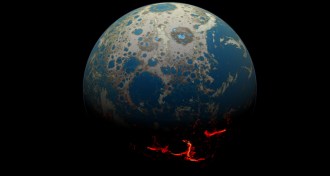 Earth
EarthEarly life probably fell victim to massive space rocks
Planet-sterilizing impacts probably snuffed out early life on Earth until around 4.3 billion years ago.
-
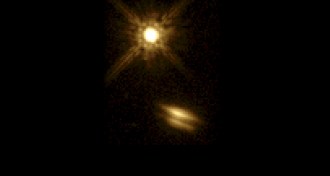 Astronomy
AstronomyTilted binary stars test theories of planet formation
Tilted disks in binary star systems may help astronomers explain variety of exoplanet orbits.
-
 Astronomy
AstronomyListening in on cosmic messages
Yet to be deciphered, fast radio bursts represent the latest messages from space with the potential to tell us more about the cosmos.
By Eva Emerson -
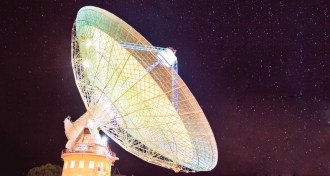 Astronomy
AstronomySearching for distant signals
Fast radio bursts are bright, brief and seem to come from very far away. Astronomers are pointing major telescopes skyward to solve the puzzle of these cryptic signals.
-
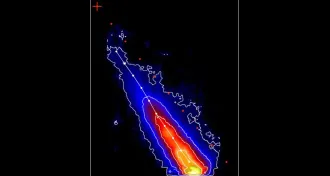 Planetary Science
Planetary ScienceComet ISON fell apart earlier than realized
Comet ISON disintegrated at least eight hours before it grazed the surface of the sun last fall, new observations show.
-
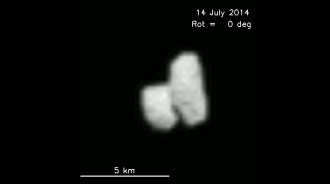 Planetary Science
Planetary ScienceRosetta spacecraft sees possible ‘double’ comet
The comet 67P/Churyumov-Gerasimenko may actually be two objects stitched together.
-
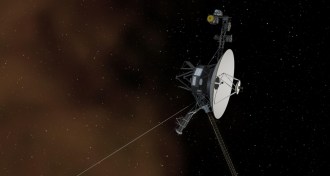 Astronomy
AstronomyVoyager may not have entered interstellar space, after all
Two scientists argue that Voyager 1 space probe is still in solar bubble, despite NASA’s announcements to the contrary.
By Andrew Grant -
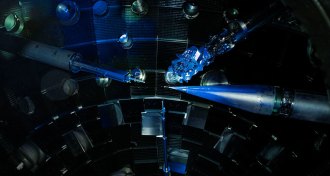 Physics
PhysicsDiamonds under pressure impersonate exoplanet cores
Scientists use lasers at the National Ignition Facility to squeeze diamonds to the extreme pressures found inside massive exoplanets.
-
 Cosmology
CosmologyLab version of early universe fails to solve lithium problem
An experiment that imitated conditions from just after the Big Bang failed to explain why observed amounts of lithium don’t match those expected from theory.
By Andrew Grant -
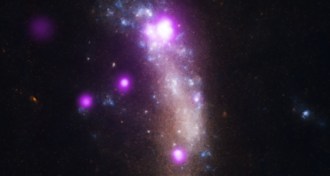 Astronomy
AstronomySupernova rapidly creates dust between stars
Astronomers watch a shell of dust form within weeks of a star’s explosion.
-
 Astronomy
AstronomyRare planet circles just one of a pair of stars
A newly discovered exoplanet orbits one star in a binary pair and shows that planets can form even with a second sun nearby.
-
 Astronomy
AstronomyYoung stars vibrate faster as they age
Stellar pulsations provide a new way to gauge ages of infant stars.